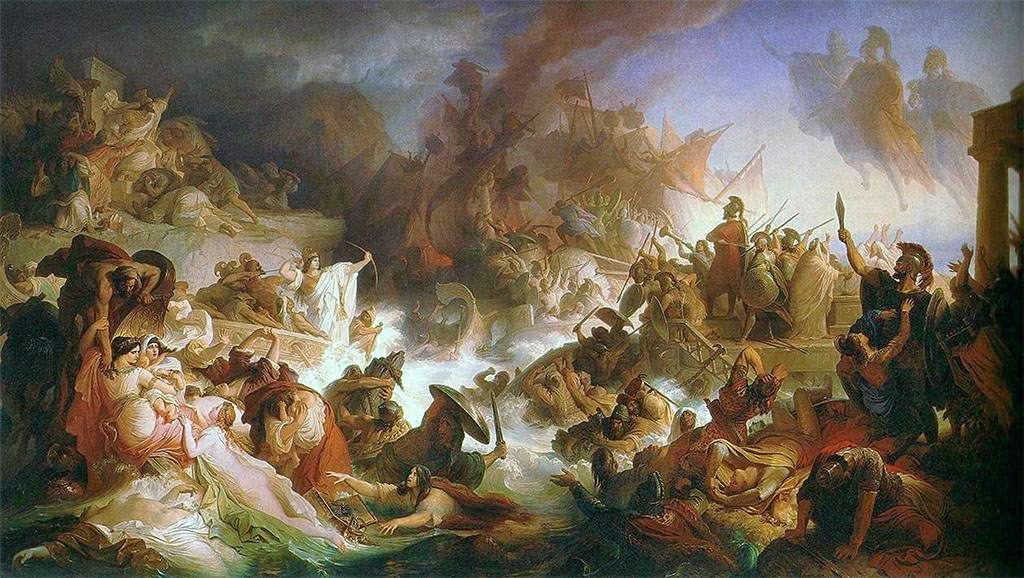
- The island of Salamina, in the 15th century BC. 480. During the Second Medical War, in the second and final attempt by the Persians to invade Greece, the naval battle between the two sides was a turning point: until then the Persians advanced, but the battle was won by the Greeks and soon after the Persians surrendered. Two women played a special role in the Battle of Salamina.

Artemisia I de Caria was a Greek of birth; born in Halicarnaso, he was the ruler of the Karia region. But he favored the Persians, as the captain of the warship. Despite his hostile choice, Herodotus exalted his intelligence and dexterity. A few months earlier, when the Persians took over Athens, the activity of Artemisia was fundamental. In Salamina he had five vessels in charge and a specific passage shows his skill: in the midst of battle, the boat that occupied him was stuck among other Persian ships and a Greek boat came ready to attack; then Artemisa changed the flag of the ship and simulated to attack a Persian boat; the Greek vessel went in search of other vessels. Despite the defeat, Artemis and his ships survived.
On the side of the Greeks, Hydna de Seconne did a hidden job, as he was a bufon, like his father Scyllis. According to the Greek historian Pausanias, before the Persian fleet headed to Salamina, the parents and daughters, swimming underwater, came to the enemy ships and cut off the ties and ropes of the anchors. Some ships had been destroyed and others had collided with each other and the Persians, weakened, had come to battle. In gratitude, the statues of Hydna and Scyllis were placed in Delphi.
Also the Persian king Jerks praised Artemisia. In addition, enraged, when he made the balance of the battle, he used the plural: “My men have acted as women and women have fought as real men.” It can therefore be deduced that Artemisia was no exception, despite being the only captain of the Persian fleet, at least more women than Persians were fought – and Jerjes was not able to extol the work of some women without all women being killed.